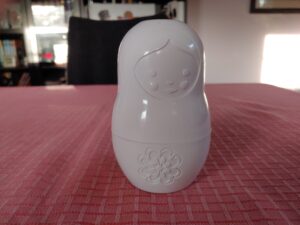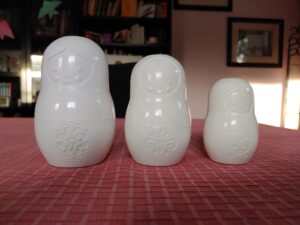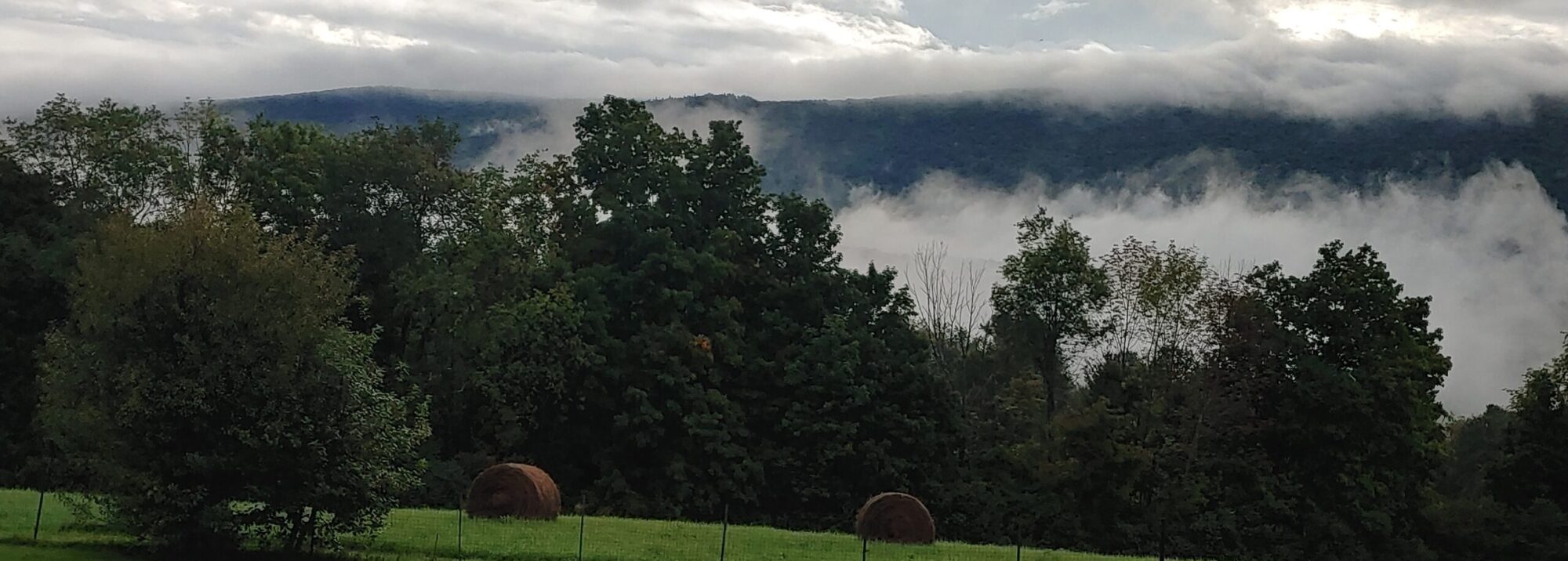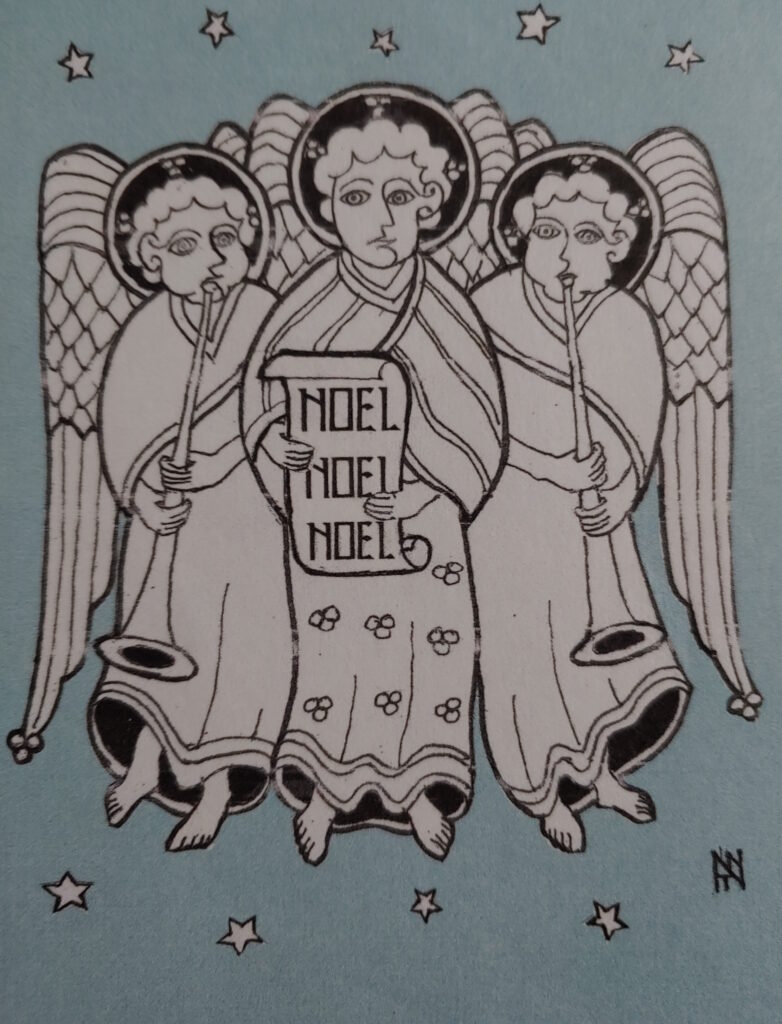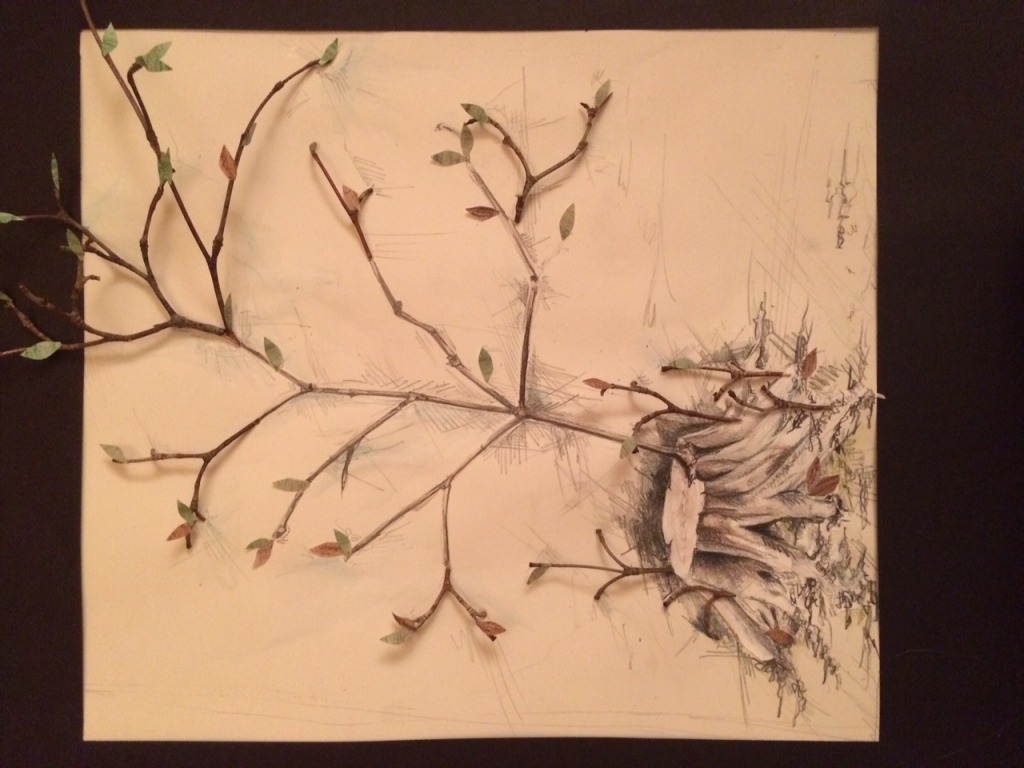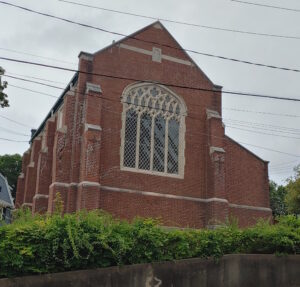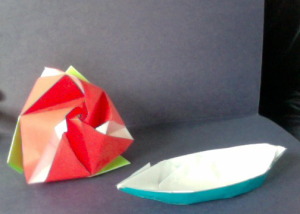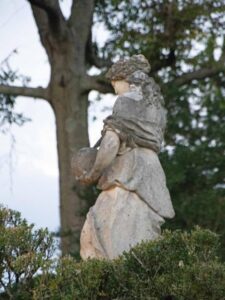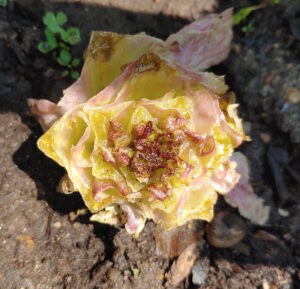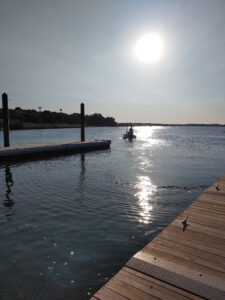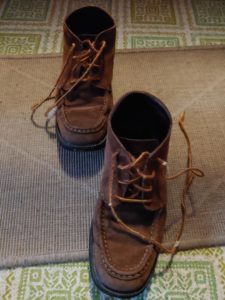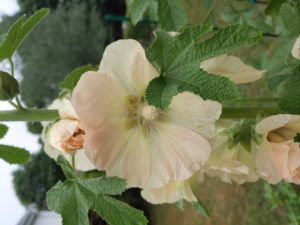
They began as six hollyhock plants, three a lovely pale yellow, three a deep scarlet. Being an heirloom variety, they reseeded themselves every year – yellow on one side of my front walkway, scarlet on the other.
Ten years after they were planted, something changed; the yellow gave way to something closer to a very pale pink, and the deep scarlet lightened. A few years after that, the flowers opened with two colors: peach and yellow on some, lavender and cream on others.
Over the years, the plants have moved up the walkway on both sides. I’m never sure where the newly reseeded ones will emerge, and I adjust the placement of my annuals – an opportunity to rethink my flower beds every year.
Weeding the beds the other day, I saw in these changes my life. In the nineteen years I’ve lived in this place, I’ve gone from a mother of small children to a mother of 20-somethings. My life pattern is different, growing out of changes that are beyond my control.
If someone had asked me nineteen years ago what life would be at this point, I doubt I’d have landed on what it is. But this life has grown out of the older one, changing with each season, flowering in new ways.
I can’t control it, and I can’t predict exactly what the coming nineteen years will bring. Isn’t that amazing?
What Do You See?
